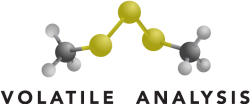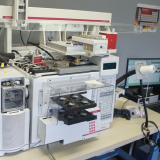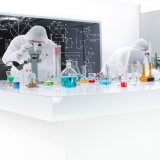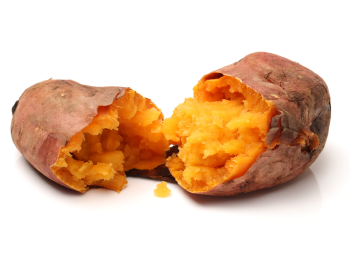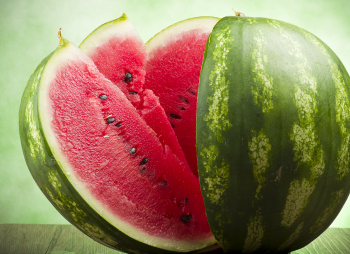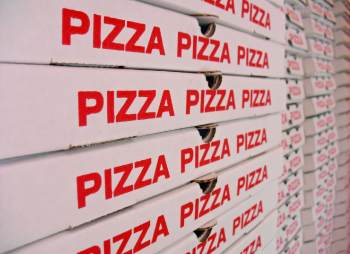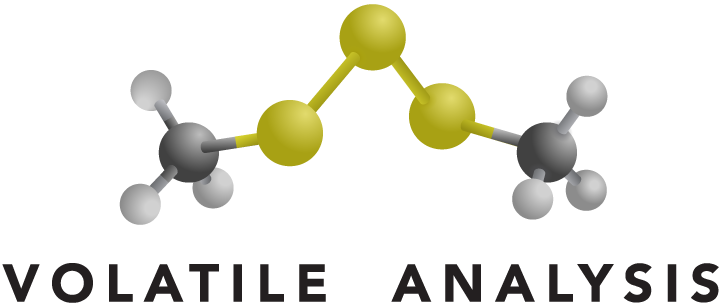
Food
Description of Industry
Off-odors and flavors in the food industry are a major concern and directly affect profitability. The chemical complexity of foods and numerous means for preparation and processing allow for off-odor introduction at virtually every turn. For example cooking (heat treatment), exposure to light, air, storage temperatures, environmental contaminants, packaging materials, and time may introduce off odors into foods. VAC specializes in the detection and measurement of off-odors. We have PhD level food scientists and chemists on staff each with more than 20 years experience in industry and academia.
Applicable Services
What we do
We are experts in odor analysis and trace level chemical detection and measurement. Both odor analysis and chemical detection are utilized when we employ gas chromatography-mass spectrometry/ olfactometry. We also employ expert experimental design, sample prep measures, and statistical analyses to ensure appropriate scientific rigor.
Odor Analysis GC-MS/O
Gas chromatography-mass spectrometry/olfactometry provides the very best technique to quickly resolve off-odor issues. This method requires a trained odor judge to sniff GC effluent and rate odor character and intensity. This information is coupled by retention time automatically via software to GCMS chromatogram data to allow for rapid odor identification. Our sensory and analytical team have more than 20 years experience with odor, analytical, and organic chemistry, and sensory analysis.
Quantitative Chemical Analysis
The goal of quantitative analysis is to accurately and precisely measure the amount of a chemical (the target chemical is also called analyte). Quantitative analysis typically involves developing a calibration curve that contains a plot of standard chemical quantity vs. peak area. Based on the unknown chemical peak area the concentration may be calculated.
Sensory Panel Creation
VAC offers unique capabilities in sensory and analytical. In support of our off-odor work we routinely convene sensory panels. The most frequently used include quantitative descriptive analysis (QDA) where a descriptive panel is trained for measuring product attributes. We also conduct threshold testing in various media. This is particularly useful when assessing how problematic specific odorants are in a given product formulation. If you need assistance creating a sensory panel and for more information click HERE.
Odor Investigation
We utilize the most advanced scientific techniques and instruments currently available to detect and measure volatile chemicals responsible for odor. We utilize gas chromatography-mass spectrometry/ olfactometry to quickly determine what retention index values from a chromatogram correspond with odor. This capability dramatically improves our capability to identify trace level chemicals responsible for off-odors.
Odor Complaint Mitigation
Our team has the capability to provide a rapid and accurate response to your odor problem. We employ the latest in scientific instrumentation plus our team has more than 20 years experience with odor chemistry and analytical measurement.
Expert Witness Support
Odor detection and measurement, and sensory interpretation are our specialties. Our team of experts are highly qualified to participate as legal consultants and expert witnesses. VAC staff contains three Ph.D. scientists each with over 20 years experience.
Odor Claim Support
In order to support a claim, experimental results be accurate and reproducible. Because we employ state of the art instrumental methods and accepted sensory analysis protocol, we can apply the necessary scientific rigor to test claims. Additionally our scientist publish in peer reviewed journals and present at national and international scientific meetings. We have the clout and know how to provide expert support.
